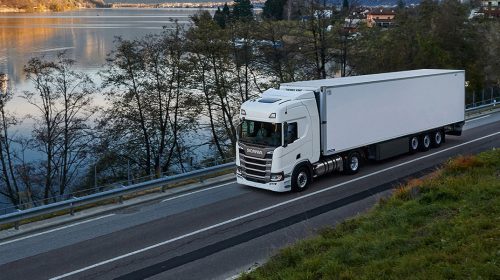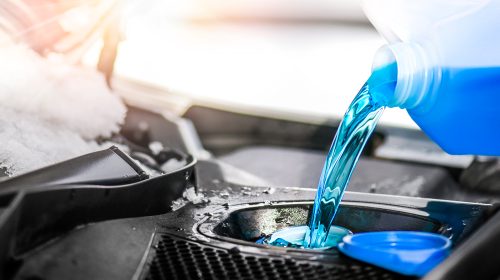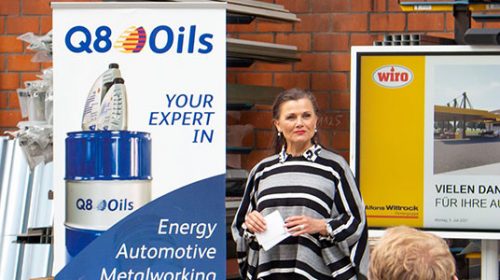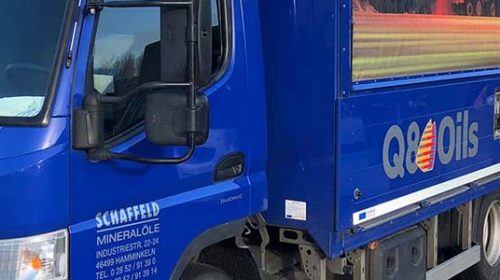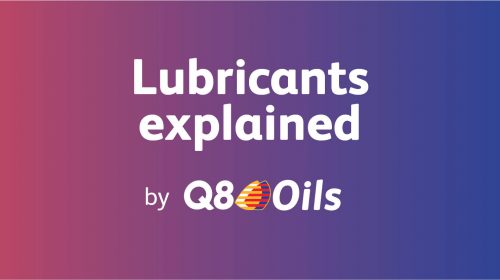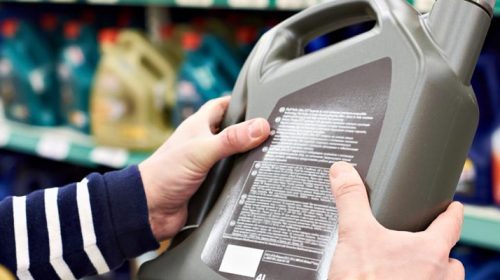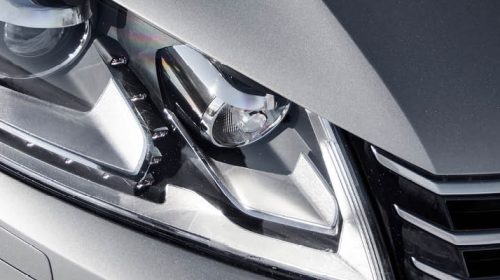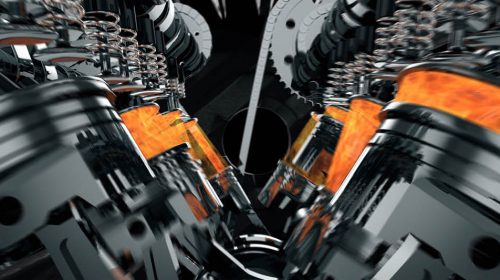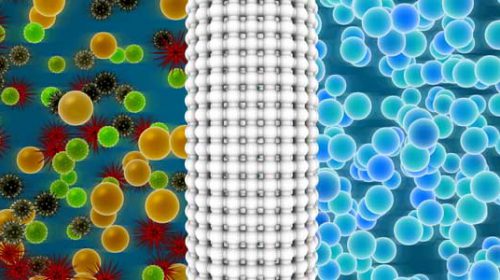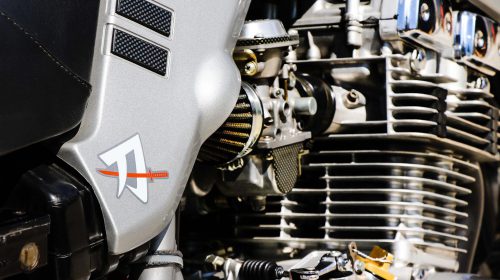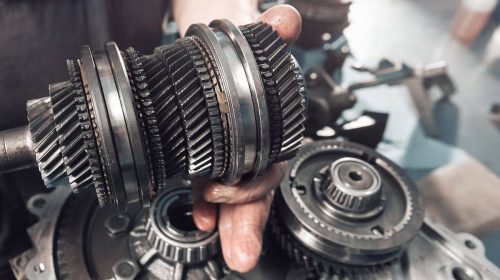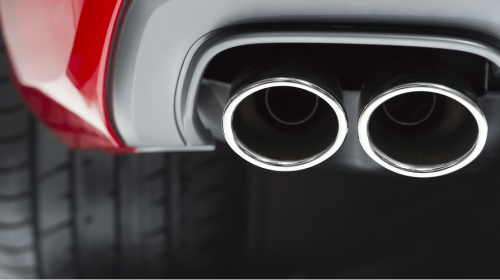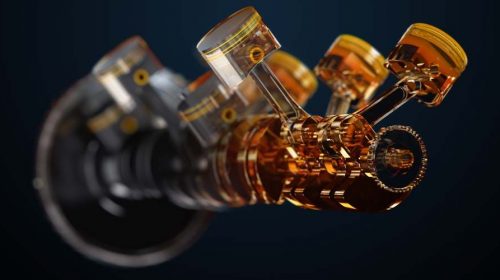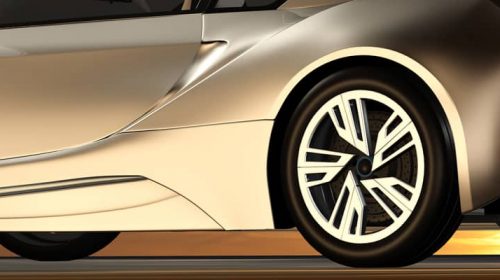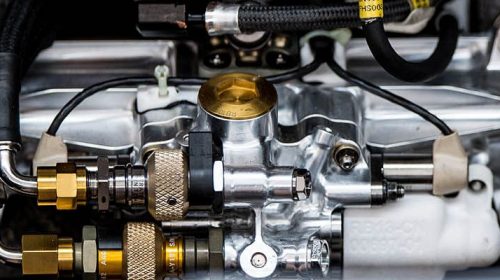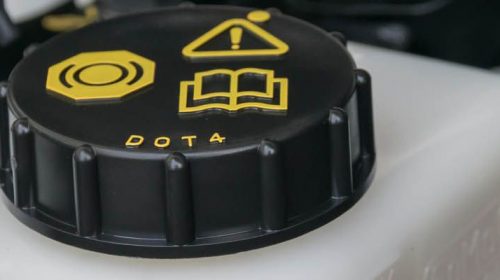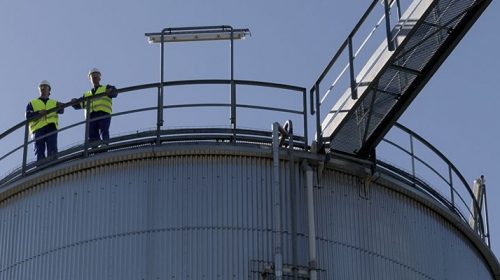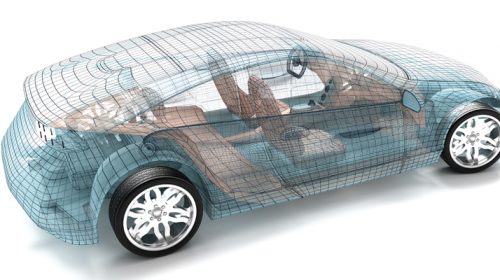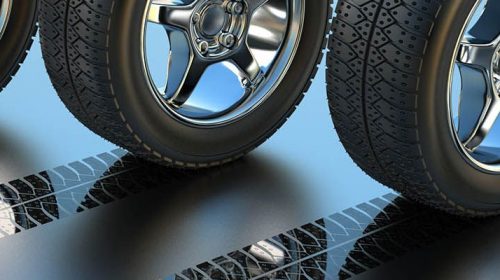Take a look underneath a modern gasoline-powered car and you will see an array of devices attached to the exhaust system that have only appeared in recent years. These are often collectively termed ‘exhaust after treatment devices’ or ATDs. Vehicle manufacturers have been forced to add these expensive devices in order to meet the ever-tightening emissions legislations that are increasingly in place around the world.
Vehicle emissions fall into two categories: gaseous emissions and particulates, which are sometimes thought of as soot. There are a number of ways to reduce gaseous emissions like oxides of nitrogen, but the most common way of reducing particulates is to introduce a gasoline particulate filter (GPF). These devices have only recently been introduced on gasoline-powered cars: their aim is to reduce the quantity of harmful small combustion particles reaching the atmosphere.
It is the job of the GPF to remove the incomplete products of combustion. Over time, soot can build up on the filter, which can eventually result in increased back pressure and reduced fuel economy. However, it is not only soot that can block the filter. Ash formed from the combustion of the engine lubricant can also block the filter. For this reason, it is essential to use a lubricant that restricts ash build-up on the GPF. Such lubricants are termed low SAPS engine oils, and are specially formulated using high quality base stocks and modern additive systems low in the ash-forming components of phosphorus and sulphur. These advanced lubricants ensure that your engine as well as your exhaust after-treatment device are fully protected.
Q8Oils presents: Q8 Formula Prestige V 5W-30
- Optimal fuel efficiency (savings up to 2,28 %)
- Fully compatible with aftertreatment devices such as GPF’s (gasoline particulate filters)
- Superior protection against LSPI
- Successfully passed the VW Baumuster 2020 test programme
No products found.



